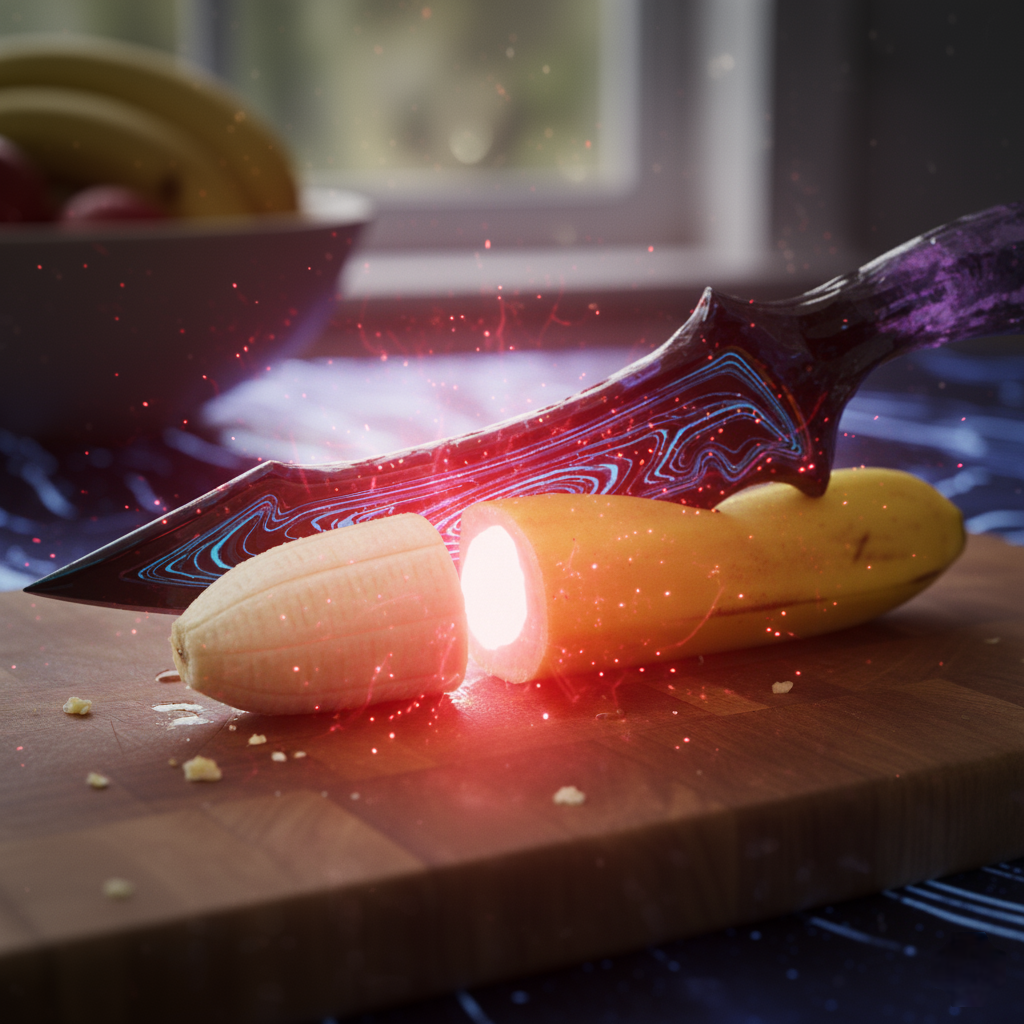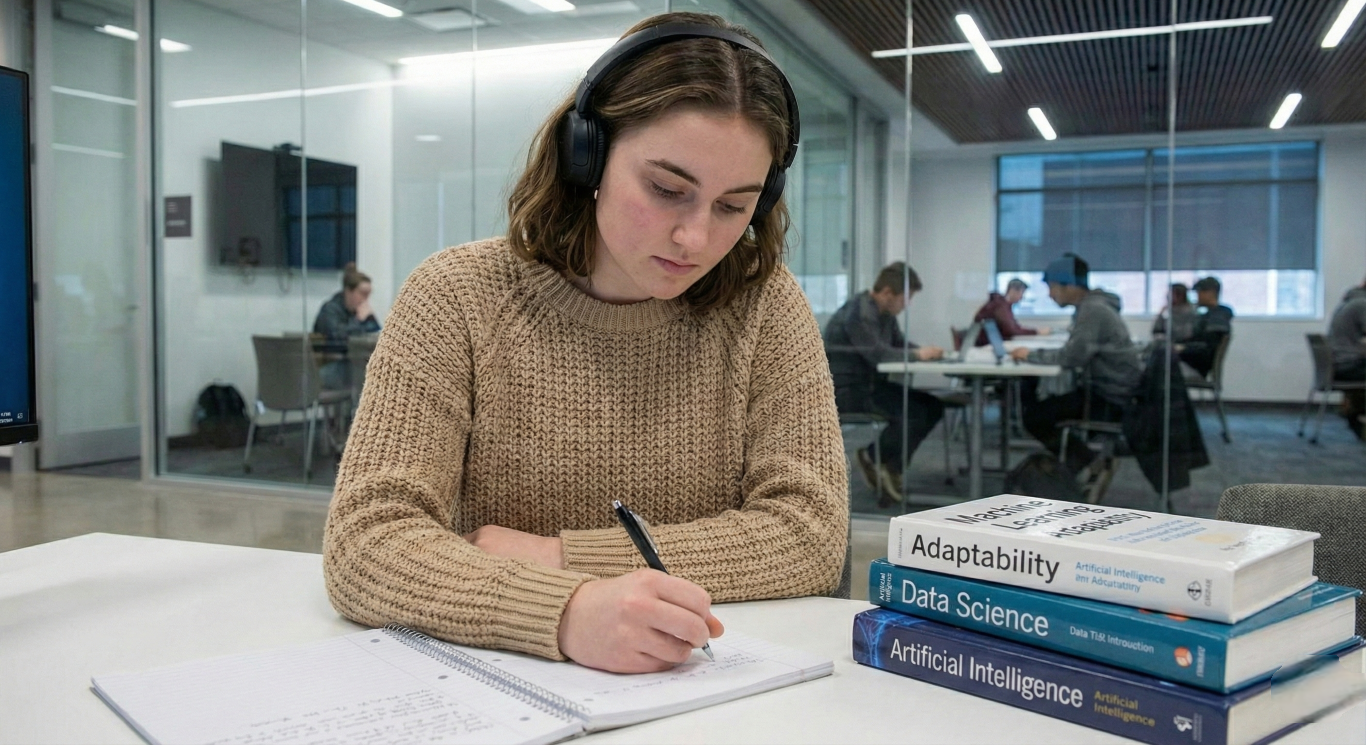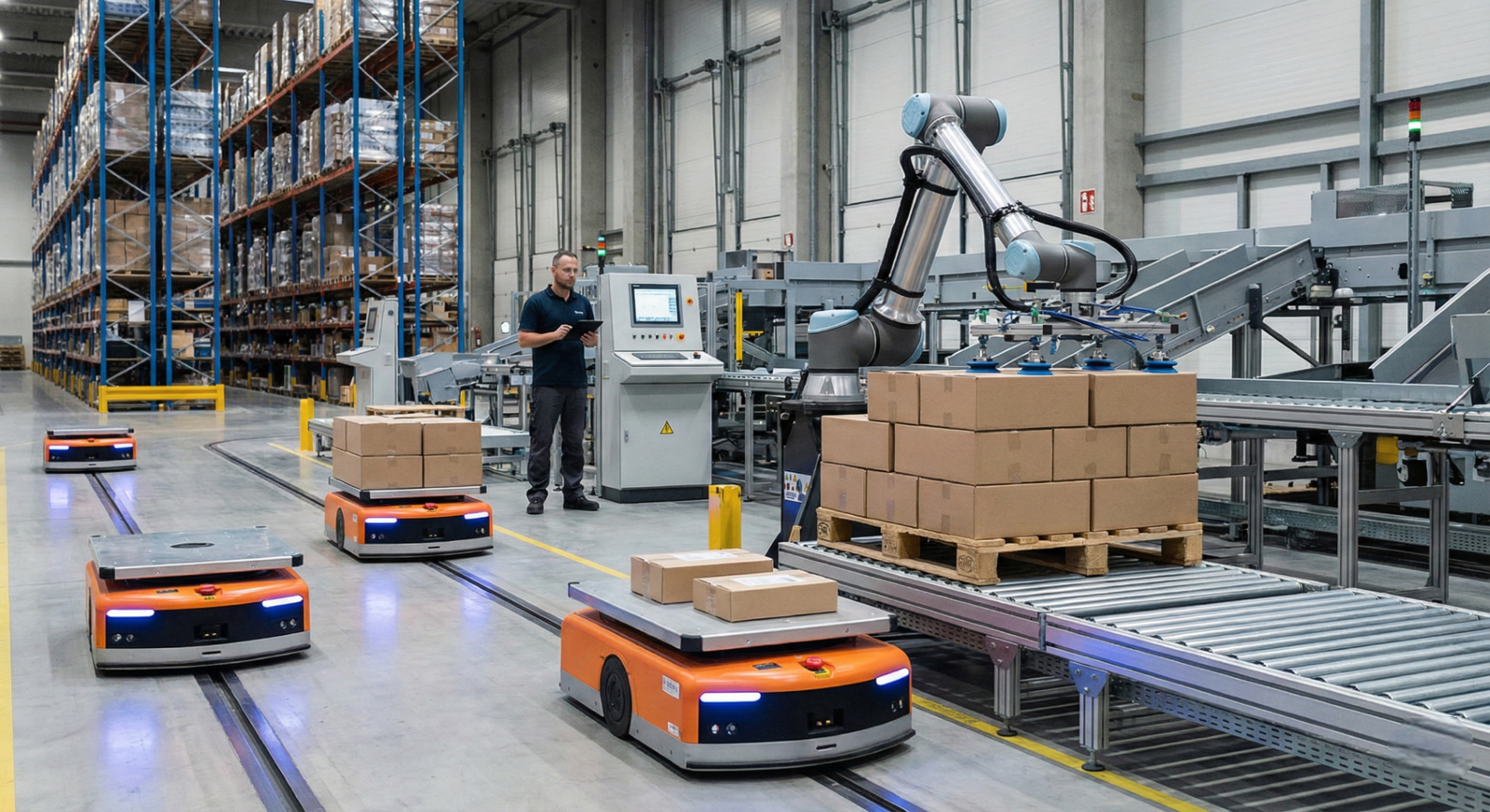Key Takeaways
- Nano Banana is the viral nickname for Google’s powerful AI image tool, officially called Gemini 2.5 Flash Image.
- This tool allows you to transform photos into new images with simple text prompts, leading to the popular trend of creating 3D figurines.
- It is a user-friendly creative assistant, not a replacement for professional software like Adobe Photoshop.
- The tool is built on advanced AI that can maintain character likeness and easily edit images with conversational commands.
Introduction to the Nano Banana Phenomenon
In the world of AI, a new technology from Google has captured the public’s imagination, thanks to its playful nickname: Nano Banana. Officially called Gemini 2.5 Flash Image, this powerful tool has gone viral for its ability to turn simple photos into stunning, realistic digital art, like a popular trend of creating your own collectible figurine. This article will explain what Nano Banana is, how it works, why it has become so popular, and what its true purpose is in the world of digital creation.
What Exactly is Nano Banana?
From Codename to Viral Sensation
The term “Nano Banana” didn’t come from a marketing team. It was an internal codename used by Google developers for their newest AI image model. Like many tech codenames—from Android versions to Google’s self-driving cars—the name was not meant for the public. However, once the tool was released, the quirky name stuck. People loved how simple and fun it was, and the trend quickly exploded on social media platforms like Instagram and X, with users sharing their creations using the #NanoBanana hashtag.
This viral trend was powered by the official release of Google’s Gemini 2.5 Flash Image model. This is a highly advanced AI that can understand and process both text and images. Instead of just generating images from a text prompt, it can take an existing photo and transform it based on new instructions. This is what made the “3D figurine” trend possible. Users simply uploaded a picture of themselves or a friend, then asked the AI to turn it into a realistic figurine, complete with a display box and a detailed background. The results were so impressive and fun that the tool quickly became a mainstream hit.
More Than Just a Meme: The Technology Behind It
While the name is playful, the technology behind Nano Banana is very serious. It’s built on Google’s powerful Gemini AI, which is known for its ability to understand and reason. The key feature of this specific model is its speed and accuracy in handling images.
According to Google, the model is “state-of-the-art” for both generating and editing images. It can handle complex changes without losing important details. For example, if you ask it to change the outfit of a person in a photo, it will keep their face and unique features looking exactly the same. This ability to maintain character consistency is a major advancement and one of the main reasons for its popularity.
How Does Nano Banana Work?
Using Nano Banana is a lot like having a conversation with a highly skilled artist. You tell it what you want, and it creates it for you. The process is simple because it relies on natural language.
The Power of Prompts: Text and Image Inputs
Unlike traditional image editing software that requires you to click buttons and use complex tools, Nano Banana works through prompts. A prompt is a simple command you give the AI. You can use text alone, an image alone, or—most powerfully—a combination of both.
For example, to join the viral trend, you would use both:
- Image Input: You upload a photo of yourself.
- Text Prompt: You type in a command like, “Create a photorealistic 1/7 scale figurine of the person in the photo. Place it on a computer desk with a clear acrylic base and a detailed toy box next to it. Add soft lighting.”
The AI then uses your photo as a starting point and the text prompt as a set of instructions to create a completely new image that looks real and professional.
Key Features and Capabilities
The Gemini 2.5 Flash Image model has several key features that make it stand out:
- Turning Photos into 3D Figurines: This is the trend that made the tool famous. It can take a 2D photo and add incredible detail, textures, and shadows to make it look like a physical, three-dimensional object.
- Multi-Image Blending and Editing: You can upload two different photos and ask the AI to blend them. For example, you could take a photo of yourself and a photo of a friend and ask the AI to create a new picture of both of you sitting on a beach, even if the original photos were taken far apart.
- Maintaining Character Consistency: This is a big deal. The AI is designed to keep a person’s face, hair, and specific features the same across different images. This means you can place the same person in different scenes or outfits without them looking like a different character.
- Removing and Adding Objects: You can tell the AI to remove a person from a group photo or add a new object to an empty room. The model is smart enough to make these changes look natural and realistic.
A Step-by-Step Guide to Using Nano Banana
Using this powerful tool is surprisingly simple. You don’t need to be a tech genius or a professional artist.
Getting Started with Gemini and Nano Banana
Nano Banana is not a separate app you need to download. It’s a feature built directly into the Google Gemini app.
- Open the Gemini App: If you don’t have it, download the Gemini app from the Google Play Store or Apple App Store.
- Start a New Conversation: Open the app and start a new chat.
- Upload Your Photo: Tap the image upload icon (usually a small photo or camera icon). Select the photo you want to use from your phone’s gallery.
- Craft Your Prompt: Type your instructions in the chat box. Be specific about what you want to create.
Crafting the Perfect Prompt
The better your prompt, the better your results will be. Here are some tips for writing a good prompt:
- Be Descriptive: Instead of saying “make me a figurine,” try “create a 1/7 scale figurine of me in a realistic style, posed on a vintage wooden desk.”
- Specify a Style: Tell the AI the style you want, like “in the style of a comic book,” “photorealistic,” or “in the style of a watercolor painting.”
- Include Details: Mention lighting, background, and specific objects to add.
Trying Viral Trends
One of the most popular prompts for Nano Banana is the figurine prompt:
- “Take this photo of me and turn me into a collectible figurine inside a toy box. The box should have a clear plastic window, bold graphics, and my name on the packaging. Style the figurine in a fun, toy-like way but keep my likeness recognizable.”
You can also experiment with other viral trends like:
- “Transform me into a character from a movie, with the background, clothing, and props from that film.”
- “Place me inside a famous painting, and use the same art style and brushstrokes as the original artist.”
Nano Banana vs. Professional Tools: Advantages and Limitations
When a new technology like Nano Banana appears, people often wonder if it can replace the tools they already use, like Adobe Photoshop. The answer is no, not yet. Nano Banana and Photoshop are two very different tools built for very different purposes.
Is It a Competitor or a Replacement for Photoshop?
Think of Nano Banana as a powerful tool for creation, and Photoshop as a powerful tool for editing. They are not direct competitors because they don’t do the same job.
- Nano Banana is for generative work. It creates a new image from scratch based on a prompt, and its main strength is its ability to follow creative ideas.
- Photoshop is for precision work. It is an industry-standard tool for professionals who need to edit photos with exact control, like touching up a portrait, creating complex graphic designs with layers, or designing a magazine cover.
For a professional graphic designer, Nano Banana is not a replacement. It’s more of a new tool to add to their toolbox for quick creative concepts.
Key Advantages of Nano Banana
- Ease of Use: You don’t need any training or special skills. If you can type a sentence, you can use the tool.
- Speed: It can create stunning, complex images in seconds. A similar task in Photoshop could take a skilled artist hours to complete.
- Creativity: It can bring wild ideas to life instantly, allowing for a level of creative freedom that is hard to match with traditional tools.
- Accessibility: It’s available for free to anyone with a Google account, making advanced image creation accessible to everyone.
Current Limitations
While powerful, Nano Banana has some clear limitations:
- Lack of Precise Control: You cannot move a specific pixel or adjust a single color with the same precision as in Photoshop. You have to rely on language prompts, which can be less exact.
- Limited Customization: You can’t use layers, filters, or advanced editing tools. The output is a finished image. While you can continue to edit it with new prompts, you can’t make small, controlled changes.
- Aspect Ratio and Resolution: Currently, the tool in the Gemini app has some limitations with image size and aspect ratio, often defaulting to a square format. This can be frustrating for users who want to create images for different platforms.
Why is Nano Banana So Popular?
The popularity of Nano Banana comes from a perfect mix of technology and user experience.
Accessibility and Ease of Use
Most people are not trained graphic designers. For them, a powerful tool like Photoshop is intimidating and expensive. Nano Banana, however, is simple and free. It has lowered the barrier to entry for creative work, allowing anyone to feel like a digital artist.
High-Quality and Realistic Outputs
The images created by this tool are not just simple cartoons; they are often incredibly realistic, with detailed textures, shadows, and lighting. This high quality makes the results feel special and worthwhile to share.
The Social Media Craze
Social media is the perfect place for a trend like this to spread. People love to share unique and creative content, and a detailed 3D figurine of themselves is a perfect example. The trend feeds on itself, with more users joining in as they see their friends’ creations online.
Important Safety and Privacy Considerations
As with any new AI tool, it’s important to use it responsibly. Google has taken steps to promote transparency.
Understanding AI-Generated Content and Watermarks
All images created or edited with Gemini 2.5 Flash Image include an invisible digital watermark called SynthID. This watermark is embedded directly into the image in a way that is invisible to the human eye but can be detected by a special program. This helps identify content that has been generated by AI, which is an important step toward preventing the misuse of the technology.
Even with watermarks, experts advise caution. It’s always best to be mindful of what you upload and what you create. Avoid using sensitive or private photos, and always think about where and how you share the images you create.
The Future of AI Image Editing with Google
Nano Banana is a clear sign of where AI is headed. It shows a future where AI tools are not just for experts but are built to be part of our everyday lives. Google is likely to continue improving the model, adding more features, and making it even more intuitive.
The success of Nano Banana also shows that the public wants simple, powerful tools that let them be creative without having to learn complex software. We can expect to see more of these user-friendly AI tools in the future, changing the way we create and interact with digital content.
The Impact of Nano Banana
Nano Banana, the friendly nickname for Google’s Gemini 2.5 Flash Image, is much more than a viral trend. It represents a major step forward in making AI creative tools accessible to everyone. It is not a replacement for professional software like Photoshop, but a new kind of tool that unlocks a different type of creativity—one that is fast, fun, and open to anyone with an idea. It has shown us that the future of digital creation is not about knowing complex software, but about being able to express an idea in a simple conversation.
Frequently Asked Questions about Nano Banana
1. Is Nano Banana free to use?
Yes, Nano Banana is a feature within the free Google Gemini app, making it accessible to anyone with a Google account.
2. Is Nano Banana the official name?
No, “Nano Banana” is a viral nickname. The official name for the AI model is Gemini 2.5 Flash Image.
3. Does this tool work on all phones?
The Gemini app is available on both Android and iOS devices, so you can use the tool on most modern smartphones.
4. How is this different from other AI image generators like Midjourney or Dall-E?
While all are AI image generators, Nano Banana stands out for its strong ability to handle multi-modal inputs (both text and images) and its excellent character consistency, which allows you to place the same person in different scenes without losing their likeness.
5. Can I use Nano Banana for professional work?
For quick concepts and creative ideas, yes. However, for professional graphic design, photo retouching, or detailed projects that require precise control, traditional software like Adobe Photoshop is still the industry standard.





